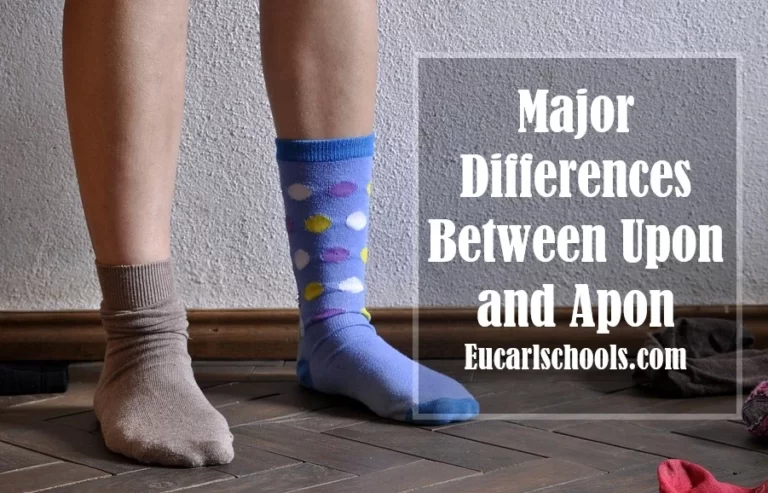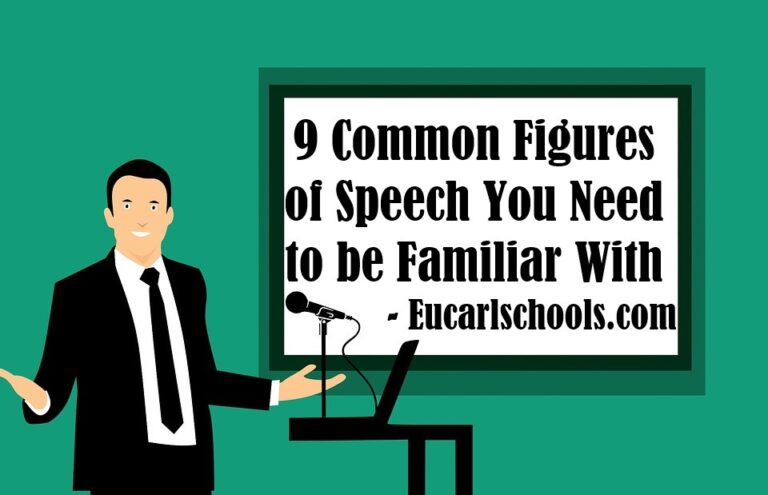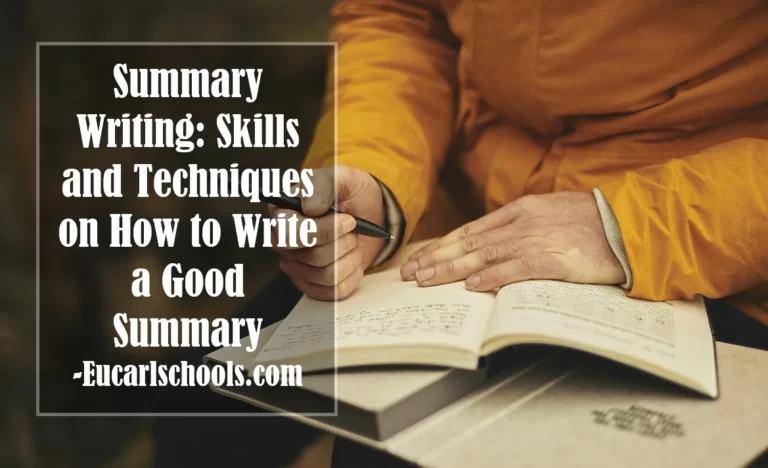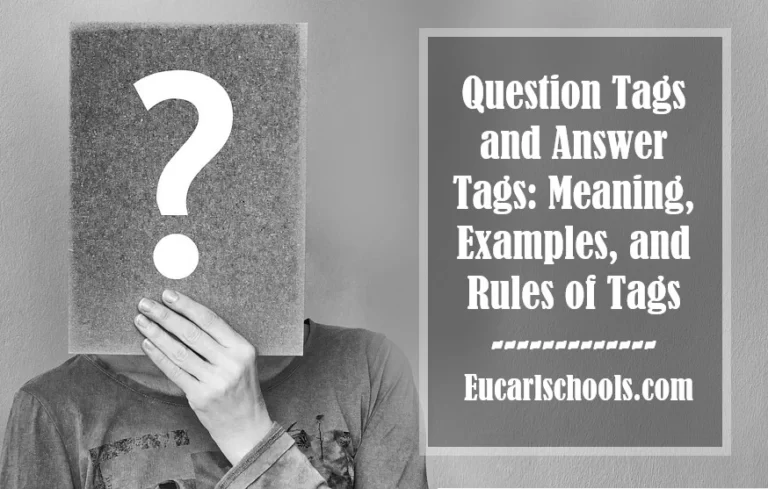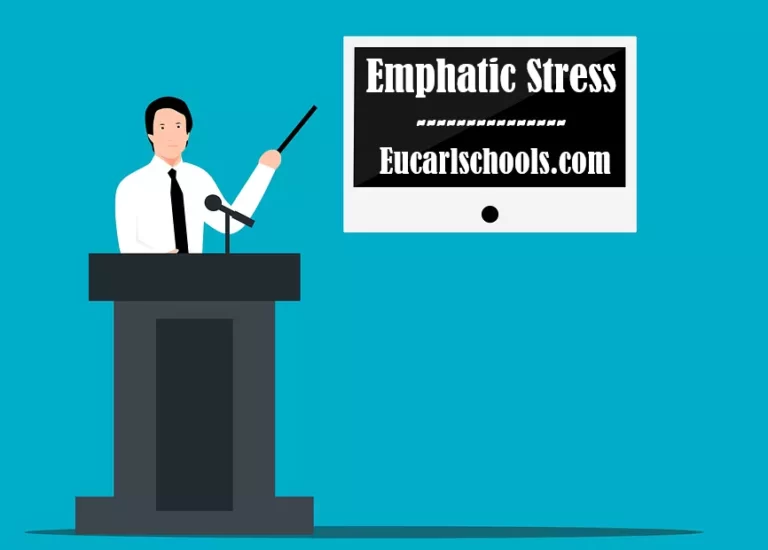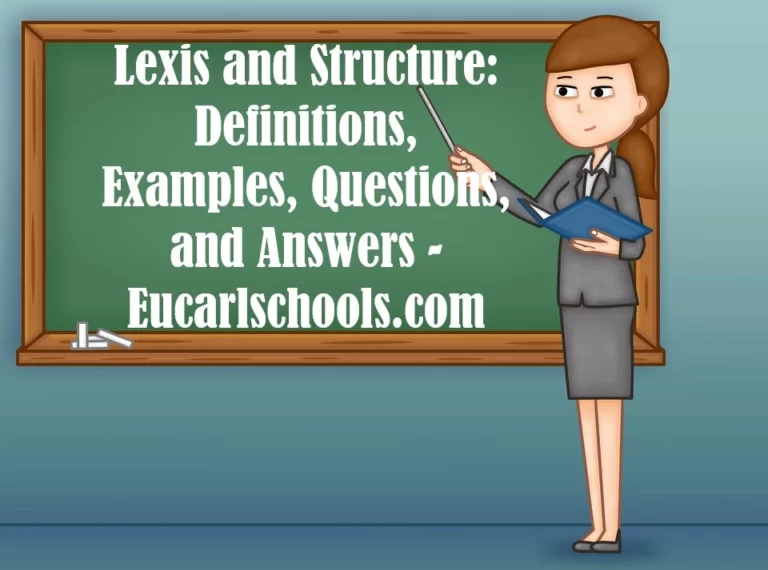The 8 Parts of Speech: Definition, Types, Functions & Examples
In the English language, there are eight parts of speech: noun, pronoun, verb, adjective, adverb, preposition, conjunction, and interjection. Part of speech indicates the word’s meaning and grammatical role in the sentence.
It is possible for a single word to serve multiple purposes depending on the context in which it is used. When looking up a word in a dictionary, it’s critical to know the different parts of speech and how they fit together.
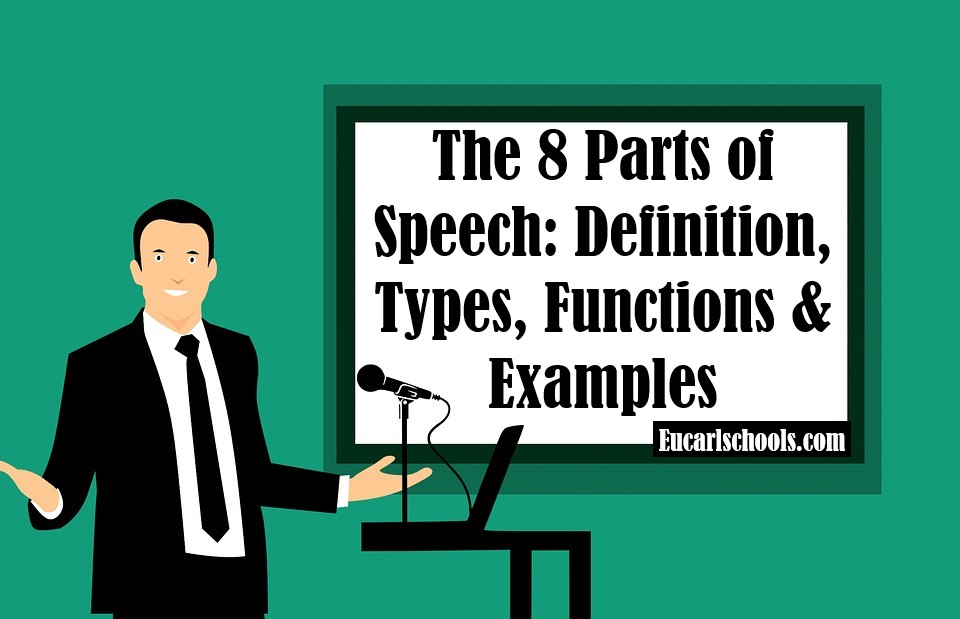
Parts of Speech: Definition, Types, Functions, and Examples
1. Noun
People, places, things, and ideas are all examples of nouns.
a man, a college, a house, and a sense of happiness
People, places, things, and ideas are all examples of nouns. Using an article (the, a, or an) before a noun is common, but it isn’t required in all cases. Common nouns don’t begin with a capital letter, but the proper nouns they describe do.
Concrete and abstract nouns are both examples of nouns. ‘s is added to nouns to indicate that they are in someone’s possession. A noun can be a subject, direct object, indirect object, subject complement, or the object of a preposition in a sentence.
I was given a lengthy letter from my high school teacher by a young girl who then vanished. What a shock!
2. Pronoun
A pronoun is a term that replaces a noun in a sentence.
The she/we/they/it
Words that can be used in place of nouns are called pronouns. The antecedent of a pronoun is usually a specific noun, which is known as its predicate. The girl is the antecedent of the pronoun she in the preceding phrase.
The types of pronouns are further defined: There are four types of pronouns: personal pronouns, possessive pronouns, reflexive pronouns, relative pronouns, and demonstrative pronouns, which identity, point to, or refer to specific nouns or pronouns.
I was given a lengthy letter from my high school instructor by a young girl who then vanished. What a shock!
3. Verb
A verb is a word that describes what someone is doing or who they are.
is… write… become… jump
An action or state of being can be expressed by the verb in a sentence. A primary verb and one or more supporting verbs are often present. (“She has a good voice.”) can serve as a supporting verb to sing.) The number of the verb’s subject must match the subject’s (both are singular or both are plural). Verbs can also communicate tensely in a variety of ways.
I was given a lengthy letter from my high school instructor by a young girl who then vanished. What a shock!
4. Adjective
adverbs are used to describe or modify nouns and pronouns.
lovely… vintage… azure… shrewd
A noun or pronoun can be described by an adjective. In most cases, it answers the question of how many or which one. Adjectives are commonly used to describe articles [a, an, the].
I was given a lengthy letter from my high school instructor by a young girl who then vanished. What a shock!
5. The Adverb
Abbreviation: An abbreviation is any word that is used to describe or modify another word (adjective).
slowly… incredibly… cautiously…
In contrast to nouns, an adverb only describes or modifies a verb or adjective or another adverb. Most often, it provides answers to the following questions: how long ago, where, how much, why, and under what circumstances. Most adverbs have a -ly suffix.
I was given a lengthy letter from my high school instructor by a young girl who then vanished. What a shock!
6. Preposition
It is customary to use a preposition before a noun or pronoun to create a phrase that alters the meaning of the preceding word(s).
until the end of time (by the tree, with our friends, about the book, until tomorrow)
When a preposition precedes a noun or pronoun, it creates a phrase that describes another word in the sentence. This means that every prepositional phrase has a preposition as part of it. Adjectives and adverbs are the most common uses of the prepositional phrase. List of most frequently used prepositions:
I was given a lengthy letter from my high school instructor by a young girl who then vanished. What a shock!
7. Conjunctions
Words, phrases, and clauses can be joined by a conjunction.
and… but… or… even so… since
Cohesion is a term used to describe the relationship between two or more parts. Corresponding conjunctions join grammatically equivalent parts of the sentence. Because, although, while, since, etc. are examples of subordinating conjunctions. Conjunctions come in a variety of shapes and sizes.
I was given a lengthy letter from my high school instructor by a young girl who then vanished. What a shock!
8. Interjections
The last but not least Parts of Speech on our list. Emotion is conveyed through the use of an interjection.
“Wow!” “Oops!” “Oh!”
Using an interjection is a way to express your feelings in a succinct manner. An exclamation point is frequently used after it.
I was given a lengthy letter from my high school instructor by a young girl who then vanished. What a shock!
Read Also: 10 Tips to Study Late at Night without Sleeping

